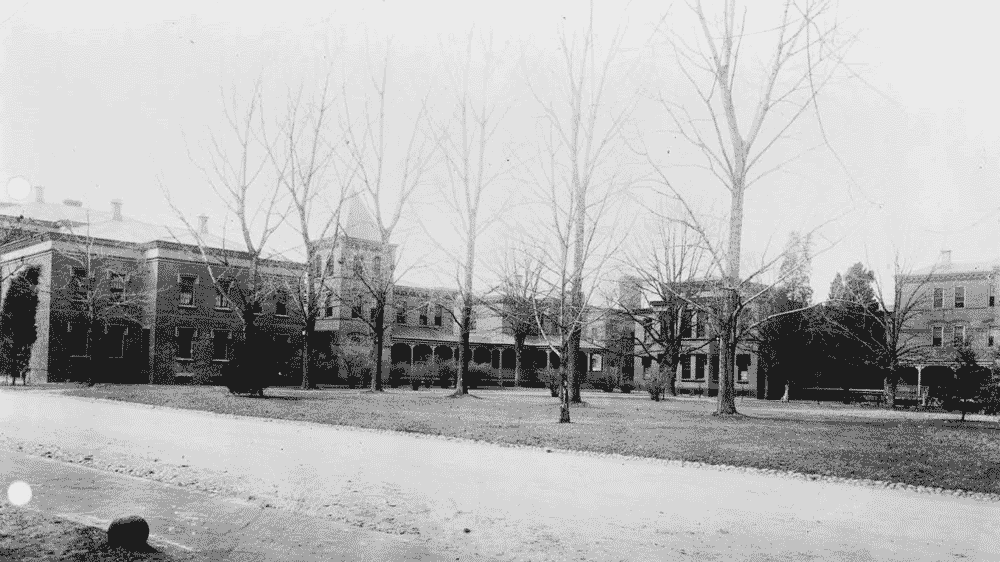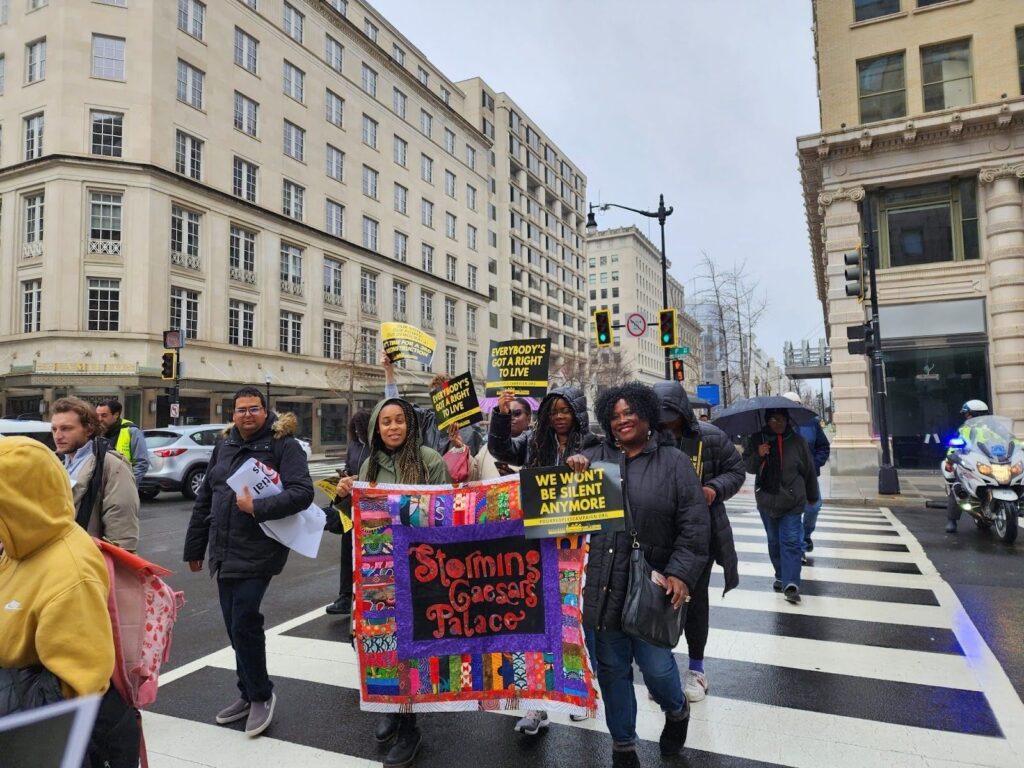The origins of the “Dixon Case” go back to 1974, when a class action lawsuit was filed against the federal government and District government on behalf of individuals civilly committed to Saint Elizabeths Hospital in Southeast D.C. The plaintiffs demanded community-based treatment alternatives to hospitalization for mental illness. The lawsuit was part of a much larger deinstitutionalization movement that swept the nation, driven by a growing awareness of patient’s rights and the development of antipsychotic drugs.
Deinstitutionalized patients were supposed to receive ongoing community-based support and care, but instead, many languished and some ended up homeless. The settlement of the Dixon case includes an emphasis on community-based care and housing for former mental patients. Under the terms of the Dixon settlement, the District’s Department of Mental Health was required to meet 19 exit criteria. A recent court ruling has stated that the DMH has met 15 of these 19 criteria but still needs to make progress on the four outstanding criteria.

When the lawsuit was filed in 1974, there were nearly 3,600 patients at St. Elizabeths. As a result of deinstitutionalization and a shift in policy by the Department of Mental Health to provide the primary treatment of individuals at community-based mental health providers, the current number of patients at St. Elizabeths has decreased dramatically. There are around 270 patients at the hospital now.
The following interview with D.C. Department of Mental Health Director Steve Baron has been edited and condensed.
Street Sense Media: In reference to the Dixon criteria, you recently said that the settlement agreement is “a recognition of tremendous progress…not a recognition of a job completed.” Can you give our readers a brief overview of the progress you have made regarding meeting the 19 exit criteria and what’s left to be done?
Baron: In reference to the Dixon exit criteria, there were 19 stated exit criteria and we have met or substantially met 15 of them. Some of the highlights of the ones we have met include more District residents getting mental health services and for certain important services, such as Assertive Community Treatment, more District residents are receiving services in a timely manner. The department has a methodology to gauge consumer satisfaction and we have an active process to look at that. We have a process/way to ensure that people’s needs are matched to the services that they are getting. We are using new generations of medicines. Also, children are getting services in their natural settings. For the four remaining areas the District will have a two-year agreement with the Plaintiff’s lawyers that focuses on Supported Housing, Supported Employment, Continuity of Care and children’s mental health services.
The agreement called for an expansion of affordable housing, which dovetails nicely with the efforts of many homeless advocacy for increased housing for the chronically homeless and the mentally ill. What progress has been made on this front?
Baron: There has been tremendous progress. The exit criteria addressed the right area of supportive housing but the criteria related to the timeline of 70 percent of individuals served within 45 days of receiving a voucher was unrealistic due to the many requirements in issuing vouchers to ensuring a housing unit is inspected and meets all of the requirements. The Department of Mental Health has secured or developed about 1,300 supportive housing vouchers. In addition, over the last couple of years we have moved $14 million to the Department of Housing and Community Development that will create about 230 new units for individuals with mental illness and will renovate about 100 units in place. This housing is usually part of larger housing projects and recipients of the capital funds have included SOME, Jubilee House, Open Arms and Hyacinth’s Place to name a few. We recognize there is more needed in this area and part of the agreement is that over the next two years (by Sept 30, 2013) the District will develop 300 new supportive housing units.
Do you anticipate funding/budget fights around appropriations or funding for this mandate?
Baron: Funding for FY2012 for 100 units of housing is already in the budget. Continuation for 100 units in 2013 is also in the budget. I am confident that the 2013 budget will include funding for another 100 units (200 total) and the other 100 will be made available primarily through new capital developments

Through deinstitutionalization and under the terms of the settlement, 98 percent of the District’s mentally ill patients are treated in community-based health clinics. Can you talk about how this shift to community care reflects a larger shift in thinking about social services provision, both for mental health care and beyond?
Baron: In 1974, when the Dixon agreement was initiated, the population at Saint Elizabeths Hospital was 3,600. Today the census is about 280. The ending of this suit marks progress, not just in meeting the vast majority of the 19 exit criteria but a recognition of the expansion of community services in the District. Today about 20,000 District residents receive community-based services during the year and the Department has expanded the type and range of community Services.
For example, Assertive Community Treatment (ACT) which is an evidence-based service for individuals for very complex needs is now serving about 1,200 District residents when just a few years ago it was serving about 400 individuals. We’ve created a very effective mobile crisis program that can respond to people having a psychiatric emergency anywhere in the community and we have worked with MPD(the Metropolitan Police Department) to train officers as Crisis Intervention Officers (CIO) to better respond to individuals experiencing a psychiatric crisis. We are trying to build a comprehensive system of care but there are still challenges in that work.
How has your department focused on ending chronic homelessness?
Baron: Our housing initiatives are prioritizing homeless people with a mental illness. Pathways to Housing, which is geared to the Housing First model, is a major partner of the Department. The Department has a Homeless Outreach Program that works closely with shelters and other providers to help connect individuals who are homeless and in need of housing and mental health services to the necessary services and we work closely with other District agencies such as the Department of Human Services in our efforts. The goal is to marry flexible individual services with affordable, safe housing.
Can you speak generally about your background and your experience prior to working in the District at the Department of Mental Health?
Baron: I got a master’s from Howard University School of Social Work in the late 1970s and had a field placement at Saint Elizabeths Hospital. After graduate school I worked at Sinai Hospital in Baltimore — I’m a Baltimore native — and I was the liaison to the state hospital. During my 10 years at Sinai, I helped develop a community-based rehabilitation program for individuals with a serious mental illness called People Encouraging People, Inc. From 1988 to 2006 I was the President/CEO of Baltimore Mental Health Systems, Inc. (BMHS) which was responsible for managing the Baltimore public mental health system. BMHS was established through a major nine-city Robert Wood Johnson Foundation project on local mental health authorities. I came here in 2006.








